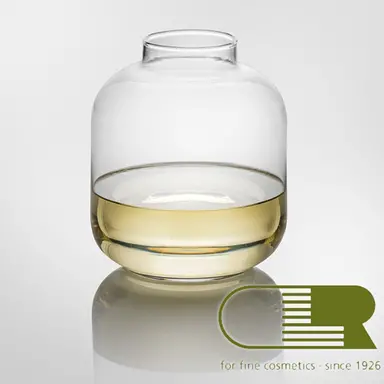
Acne and dandruff have a large impact on quality of life. Scientific research of the last ten years has provided critical new information on the pathophysiological processes of these two conditions. This research helps in bringing major improvements to the cosmetic care of acneic skin and dandruff, such as Cutibiome. This new CLR active ingredient was developed to address the involved processes in skin and scalp in order to reduce the formation of acne lesions and flakiness of the scalp.
Acne is an extremely common condition, with a lifetime prevalence of approximately 85% occurring mostly during adolescence. So-called adult acne (acne tarda), however, affects an increasing number of females and is a growing concern for consumers.
Dandruff is another microbiota-related skin problem with high prevalence. Approximately 20% of people suffer from dandruff.
CutiBiome CLR is a synergistic complex of lipophilic extracts from Manuka, Black Pepper and Magnolia. It provides essential support for the natural balance between skin and its microbiota in difficult situations, like acne and dandruff.
Understanding the processes that lead to acne and dandruff
Hormonal changes and fluctuations, associated with an increased presence of testosterone, have been known to be involved in the increase of sebum production.
The new deal for acne…
Cutibacterium acnes is a bacterium which has been recognized as a key species in acne. However, it is important to appreciate that C. acnes is the most prevalent bacterium in and on human skin, whether or not a person suffers from acne.
C. acnes shows different genetic variants, i.e. phylotypes, some of which can be considered to be “neutral” and some as virulent (“aggressive”). The “neutral” phylotypes of C. acnes normally dominate the hair follicles, whereas …













